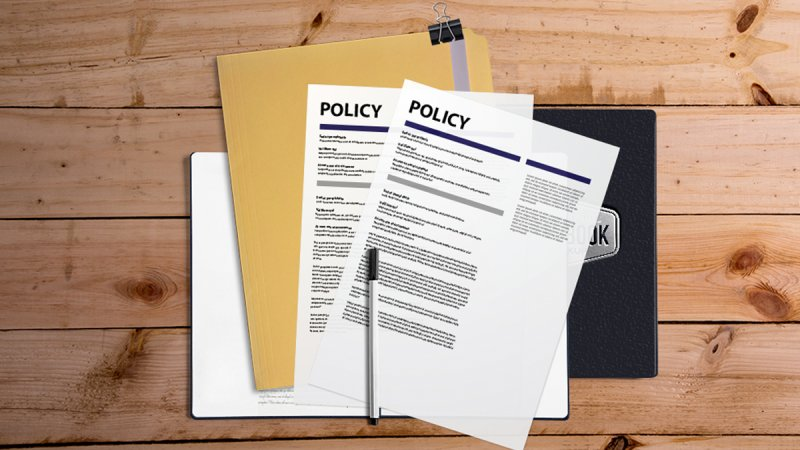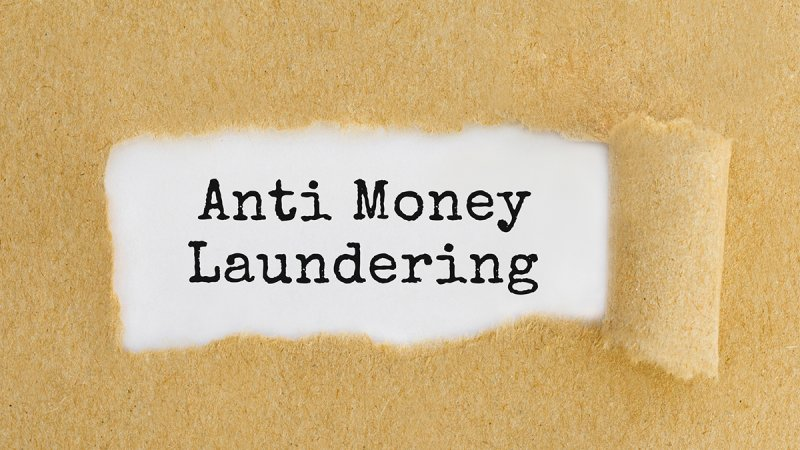Our Code of Conduct Courses
A code of conduct is a set of rules around behaviour for the employees to follow within an organisation. The code acts as a standard that staff need to meet so that they can know what is expected of them to produce a generally more efficient business.
Often mixed up with a code of ethics, the code of conduct refers specifically to behaviour, whilst the ethics provides guidance on the decision-making skills that your employees need when they are working.
Why is a code of conduct important?
A code of conduct serves not only as a set of internal guidelines for the employees to follow, but also as an external statement of corporate values and commitments.
A code of conduct can:
- Define the company culture
- Set standards and expectations for employees to follow when it comes to their behaviour
- Let customers and partners know your values, and from there they can work out if they want to work with you – creating a level of transparency for a healthy business relationship
A well-written code of conduct clarifies an organisation’s values and principles, linking them with standards of professional conduct when it comes to the behaviour of the employees. As a result, codes of conduct set the benchmarks for companies to live up to.
Additionally, a code can support employees in general decision making by giving them a structure to follow when it comes to company behaviour, allowing them to be prepared to handle ethical dilemmas in the workplace.
Having a code of conduct can give employees a structure to follow from the moment they join the company, reducing the chances of problems coming up, but also making the process of dealing with issues a lot easier should the worst occur. There should be no ambiguity when it comes to a code of conduct, because as soon as lines are blurred, rules can be broken.
As well as setting rules to follow, the code of conduct can let employees know what they need to do if they ever need to report a violation of company policy and lets them know the consequences of using false information.
Employees have a greater understanding of the business rules by having a code of conduct to follow, making life a bit easier for all parties involved. It improves the working situation for staff and promotes your business values too, attracting customers in the process.
What should be included in a code of conduct?
Every code of conduct has to reflect the business it represents. This is because it reflects the daily operations of the company, their core values and the general company culture. This need for it to be tailored to the business means that there isn’t one set code of conduct that every company can use. However, there are certain characteristics that all companies should include:
- Written for the reader: It’s easy to understand and includes an explanation of any technical/legal jargon.
- Comprehensive: It covers all areas that impact the daily lives of employees and answers any questions that they may have.
- Supported by leadership: It has the backing of the senior management team. You can usually show this by including a foreword from the CEO or President.
- Accessible: It is available to all employees and investors.
The code sums up what you should and shouldn’t be doing at work. This could include explaining to employees that they shouldn’t:
- Take shortcuts to get the job done quicker, as they could cause adverse side-effects as a result
- Discriminate against people within the business. This could be due to their race, gender, social class or religion and is known as workplace discrimination
- Use business resources for personal use
There isn’t someone breathing down your neck telling you to have a code of conduct, but there are definite benefits of having a concrete set of rules in place. Larger businesses typically have them to create consistency and stability within their bigger groups of employees, but small companies tend to go about their business without a formal code in place.
Having a code of conduct in place creates a good practice for several reasons:
- It helps define the company culture quickly
- It sets standards and expectations for employees to follow when it comes to their behaviour
- It lets customers and partners know your values, and from there they can work out if they want to work with you – creating a level of transparency for a healthy business relationship
The Need for a Code of Conduct
Employers might want to believe that their staff know what’s right and wrong, but by having a code of conduct you can spell out whether specific behaviour or action is acceptable or not, making everyone’s lives a bit easier. Having rules to follow gives employees a structure from day one, making the whole process much more black and white if trouble is caused. There should be no ambiguity about a policy because this can lead to rules being bent, contradicting the whole point of the code in the first place.
As well as setting out the rules, a code of conduct also explains what employees need to do if they ever need to report a violation of company policy, as well as showing staff what the consequences are of using false information in an attempt to conceal violation.
The code sums up what you should and shouldn’t be doing at work. This could include detailing the behaviour that must be prevented:
- Taking shortcuts in your work to get the job done quicker, which could lead to adverse side-effects
- Treating people disrespectfully due to their race, gender, social class or religion. This is known as workplace discrimination
- Using business resources for personal use, because if you were to “borrow” money for personal use without authorisation, you are essentially stealing from the company
- By having a set of rules for your business to follow, it makes everyone’s lives easier in the long term. Not only does it have a positive impact on the workforce, but your brand image is enhanced, bringing in more customers ready to bring you their business
How can a Code of Conduct Produce a Compliant Culture?
The majority of larger businesses already comply to having a code of conduct, but smaller companies tend to go about their day-to-day business without a formal code in place. It must be stressed that all businesses should be code of conduct compliant now though. Whatever your size or industry, a code of conduct is a must-have.
Having a code of conduct can give employees rules to follow from the moment they join the company, reducing the chances of problems occurring, and making the process of dealing with issues a lot easier when they crop up too.
As well as this, a code of conduct can let employees know what they need to do if they ever have to report a violation of company policies, again making everything a bit more straightforward for employees.
Employees have a greater understanding of the business rules by having a code of conduct to follow, and the rules you set can then impress customers too, giving them an insight into how you run your business. This all means that the working situation for staff is improved and your business values are promoted too, attracting customers in the process.










